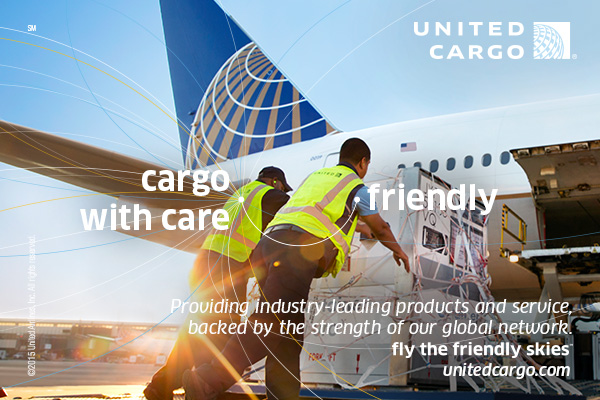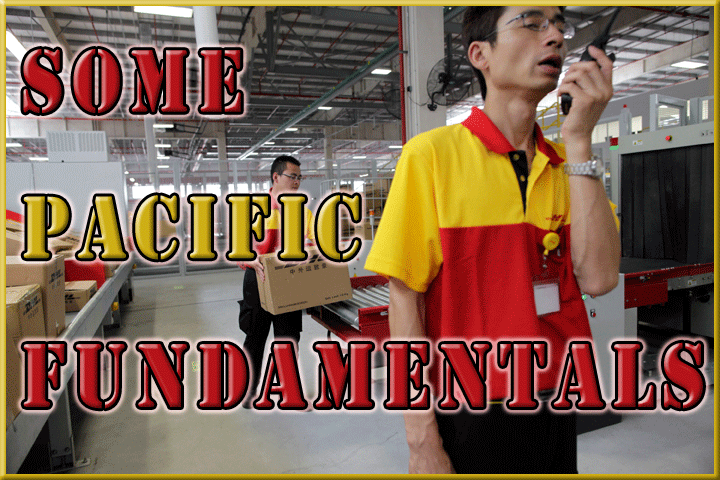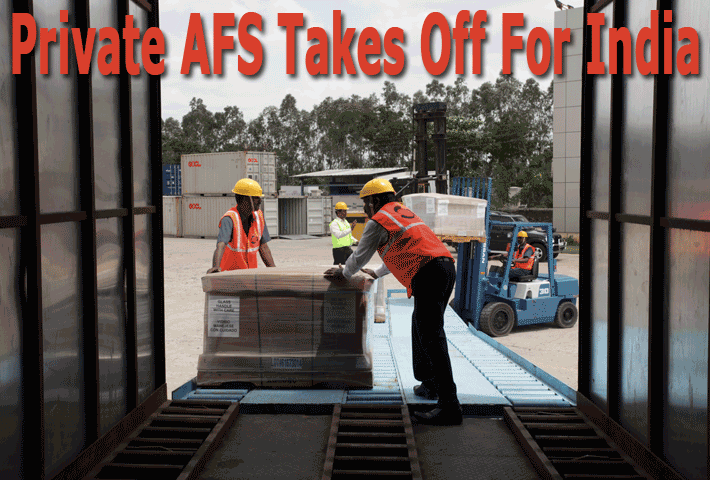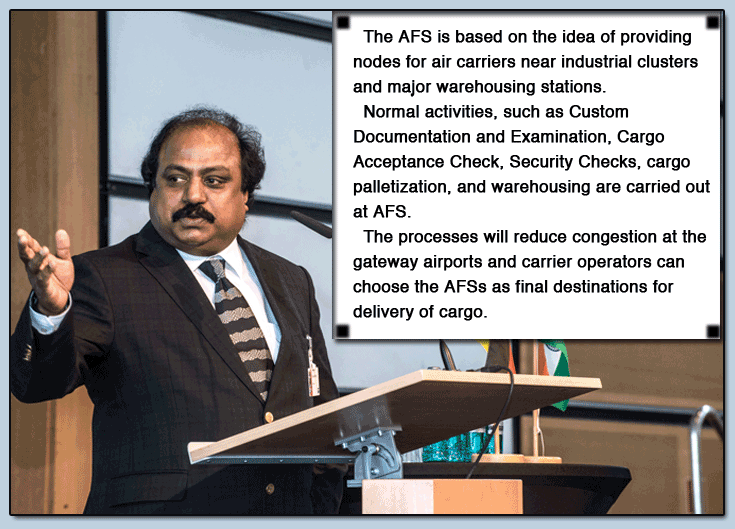 |
 |
 #INTHEAIREVERYWHERE |
| Vol. 14 No. 78 | Wednesday
September 30, 2015 |
|
The supply and demand fundamentals of the air freight market have now deteriorated to such an extent that Drewry recently revealed rates across major lanes have fallen to the lowest level since the analyst started tracking the market back in 2012. Even worse, although the peak season may give a minor boost, many executives now believe low utilization rates, weak demand in some markets, and an excess of bellyhold capacity could consign the sector to a long-term downturn, or one that at least stretches into 2016. Li Wenjun, head and SVP, Air Freight, DHL Global Forwarding Asia Pacific, admitted that the Transpacific lane from Asia into the U.S. had been slowly tapering after benefiting earlier in the year from ocean congestion linked to the now-resolved West Coast port labor dispute, although he is among the Transpacific optimists as he looks forward to the peak season later in the year. “Growth on the Transpacific route was strong for the first four months of the year,” he told FlyingTypers. “As the West Coast Port operations return back to normal, we are seeing less conversion of ocean to air shipments. “As of June, we are seeing demand into the U.S. soften and volume should remain stable for the rest of the months until mid –September, when cargo volume should pick up when the traditional peak season kicks in.” He said the Transpacific
peak this year would likely be shorter and smaller based on
current market sentiments, although it would give demand a
solid boost. “June and July have always been a slower
season for the Transpacific route, and with the strengthening
of the U.S. dollar, we anticipate market demand will continue
to move up as we approach the 4th quarter of the year,”
he added. “With some of the tech companies introducing new software and new gadgets under New Production Introduction, capacity in the U.S. has been stable, and with more airlines converting their traditional freighters to wide-body passenger aircraft, the available MD capacity will be tighter. Rates in the Transpacific route should move up in the coming months.” Intra-Asia lanes are also providing some grounds for optimism, according to Wenjun. He said the Asia Pacific was the only region to maintain consistent volume growth this year. “Countries in Asia Pacific are still growing, and with the spending power of the Chinese and their strong RMB, their appetite for imported goods, foods, and technology gadgets will continue to grow,” he said. “General air cargo rates for Asia Pacific will be stable and increase slightly towards the end of the year. As the choice of shipping within Intra-Asia is not limited to air, trucking and ocean freight also provide additional options.” Wenjun was pessimistic when he turned to the Asia to Europe lane, a mainstay for many freighter operators. He said overall demand on the lane was slow and the poor economic outlook for many European countries made it hard to be optimistic. “We don’t anticipate any major increase in volume except for the October to November periods due to the holiday seasons,” he added. “Capacity, in terms of freighters, has been introduced into Europe by the Middle Eastern and Chinese carriers and this will definitely have an impact on the overall rates situation if available capacity exceeds demand. “In summary,
rates will remain low and move up slightly during peak seasons.” |
 |
 |
A
long time in the making, India’s first privately controlled
and operated Air Freight Station (AFS) kicked off in Chennai
last month.
Looking
for Partners
|
If
You Missed Any Of The Previous 3 Issues Of FlyingTypers |
Publisher-Geoffrey
Arend • Managing Editor-Flossie Arend • Associate Publisher/European
Bureau Chief-Ted Braun Film Editor-Ralph Arend • Special Assignments-Sabiha Arend, Emily Arend • Advertising Sales-Judy Miller |
|







